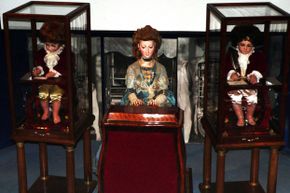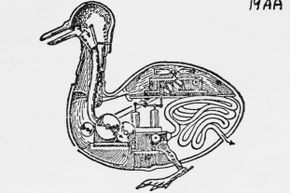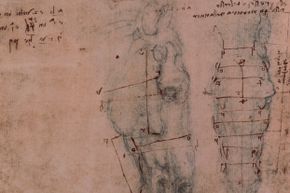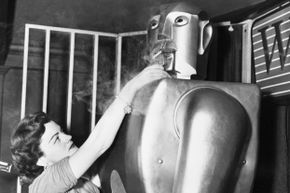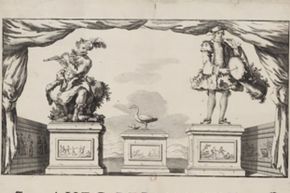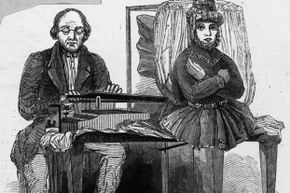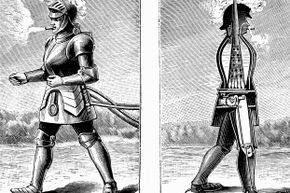Fortunately, a robot uprising hasn't usurped human control of planet Earth ... yet. But considering how far these machines have come along in recent decades, their eventual supremacy may be just a matter of time.
If in some dark future we are all enslaved by machines, it could be because of the work done by curious humans hundreds or even thousands of years ago.
Advertisement
We tend to think of robots and automata (self-operating machines) as relatively recent technologies. But old-school scientists from the 1700's -- and even much, much earlier -- were crafting complex machines with all sorts of useful (or just weird) capabilities long before Furby hit toy stores across the land.
They set the stage for a world that's now populated by more than a million robots. That includes industrial robots performing complex and laborious tasks, as well as those that zoom around your home cleaning dog fur and cracker crumbs off of your carpet.
Robots explore other planets for us. Armed drones fight in the skies. They even assist surgeons by cutting into us during operations requiring great precision.
All of those technologies have origins in devices that appeared long before your lifetime. Keep reading and you'll see just how far back robot technology -- and maybe even find out who Robocop's great-great grandfather is.

